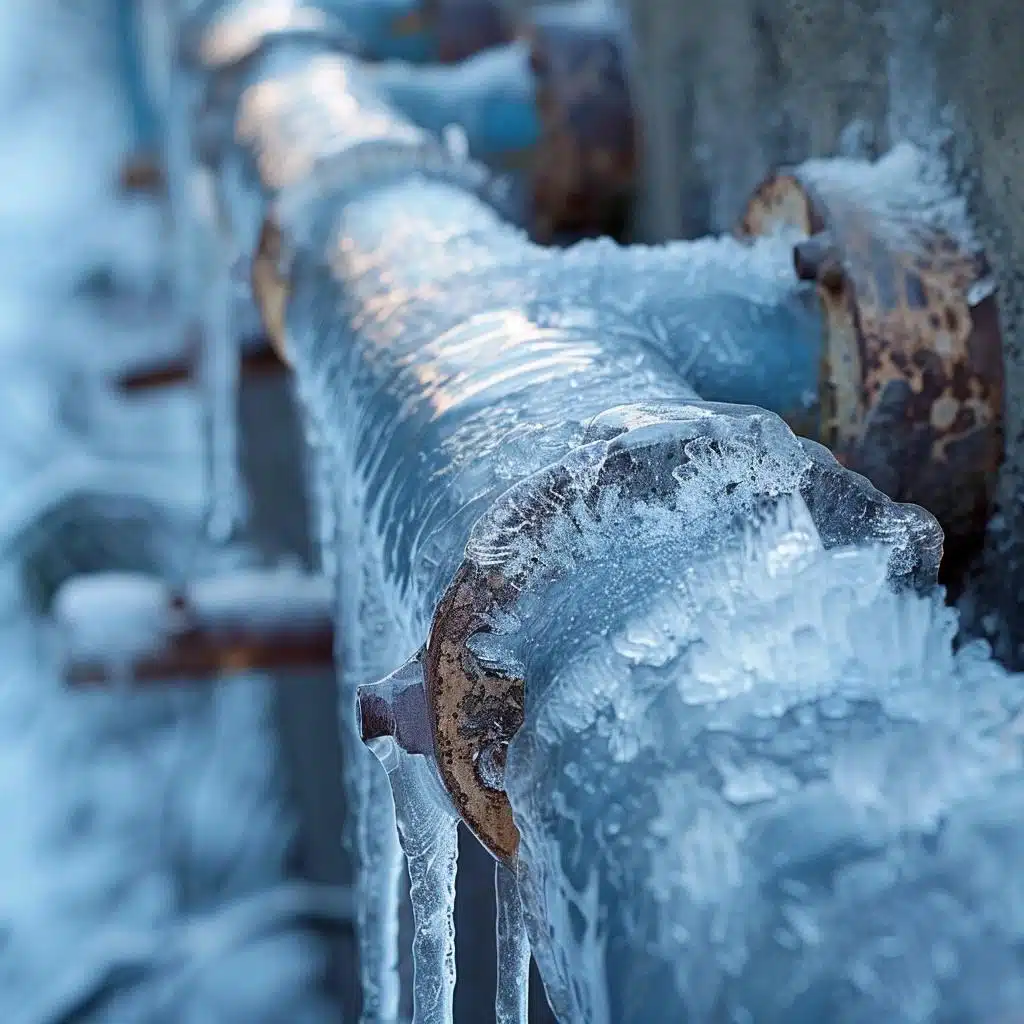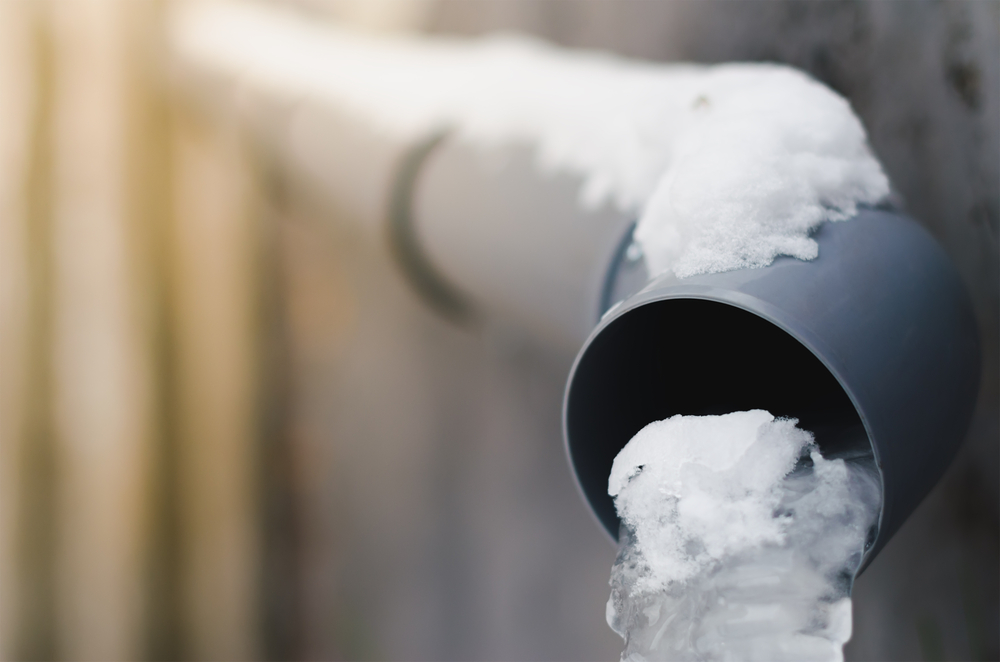Essential Advice for Avoiding Frozen Pipes in Cold Weather Seasons
Essential Advice for Avoiding Frozen Pipes in Cold Weather Seasons
Blog Article
The content which follows in relation to Preventing and dealing with frozen pipes is exceptionally enlightening. Try it and draw your own assumptions.

Cold weather can damage your pipes, especially by freezing pipelines. Right here's exactly how to avoid it from happening and what to do if it does.
Introduction
As temperatures decline, the danger of frozen pipelines boosts, potentially causing expensive repair work and water damages. Understanding exactly how to stop icy pipes is critical for homeowners in chilly environments.
Prevention Tips
Shielding prone pipes
Cover pipes in insulation sleeves or make use of warmth tape to safeguard them from freezing temperature levels. Concentrate on pipes in unheated or exterior locations of the home.
Heating techniques
Maintain interior spaces sufficiently heated, especially areas with plumbing. Open closet doors to enable warm air to flow around pipelines under sinks.
Just how to recognize icy pipes
Look for reduced water flow from taps, uncommon odors or sounds from pipes, and visible frost on exposed pipes.
Long-Term Solutions
Architectural adjustments
Think about rerouting pipelines far from outside wall surfaces or unheated areas. Add added insulation to attic rooms, cellars, and crawl spaces.
Upgrading insulation
Invest in top notch insulation for pipes, attic rooms, and walls. Correct insulation assists preserve regular temperature levels and decreases the threat of frozen pipelines.
Safeguarding Outdoor Pipes
Yard pipes and exterior taps
Separate and drain pipes garden hose pipes before winter months. Mount frost-proof faucets or cover exterior faucets with protected caps.
Comprehending Icy Pipes
What causes pipes to ice up?
Pipes freeze when subjected to temperature levels listed below 32 ° F (0 ° C) for extended durations. As water inside the pipes ices up, it increases, taxing the pipe walls and potentially causing them to break.
Risks and damages
Frozen pipelines can bring about water supply disruptions, residential or commercial property damages, and costly repair work. Burst pipes can flood homes and create substantial structural damages.
Indications of Frozen Pipeline
Identifying icy pipelines early can stop them from bursting.
What to Do If Your Pipes Freeze
Immediate activities to take
If you suspect frozen pipes, keep faucets open to alleviate pressure as the ice thaws. Use a hairdryer or towels taken in warm water to thaw pipelines slowly.
Verdict
Protecting against frozen pipelines calls for proactive actions and fast actions. By comprehending the reasons, indicators, and safety nets, property owners can safeguard their plumbing throughout winter.
5 Ways to Prevent Frozen Pipes
Drain Outdoor Faucets and Disconnect Hoses
First, close the shut-off valve that controls the flow of water in the pipe to your outdoor faucet. Then, head outside to disconnect and drain your hose and open the outdoor faucet to allow the water to completely drain out of the line. Turn off the faucet when done. Finally, head back to the shut-off valve and drain the remaining water inside the pipe into a bucket or container. Additionally, if you have a home irrigation system, you should consider hiring an expert to clear the system of water each year.
Insulate Pipes
One of the best and most cost-effective methods for preventing frozen water pipes is to wrap your pipes with insulation. This is especially important for areas in your home that aren’t exposed to heat, such as an attic. We suggest using foam sleeves, which can typically be found at your local hardware store.
Keep Heat Running at 65
Your pipes are located inside your walls, and the temperature there is much colder than the rest of the house. To prevent your pipes from freezing, The Insurance Information Institute suggests that you keep your home heated to at least 65 degrees, even when traveling. You may want to invest in smart devices that can keep an eye on the temperature in your home while you’re away.
Leave Water Dripping
Moving water — even a small trickle — can prevent ice from forming inside your pipes. When freezing temps are imminent, start a drip of water from all faucets that serve exposed pipes. Leaving a few faucets running will also help relieve pressure inside the pipes and help prevent a rupture if the water inside freezes.
Open Cupboard Doors
Warm your kitchen and bathroom pipes by opening cupboards and vanities. You should also leave your interior doors ajar to help warm air circulate evenly throughout your home.

Hopefully you liked our article on Helpful Tips to Prevent Frozen Pipes this Winter. Thank you so much for taking time to read our article post. If you enjoyed our page please be sure to pass it around. We enjoy your readership.
Call Today Report this page